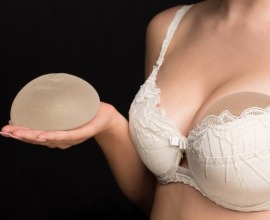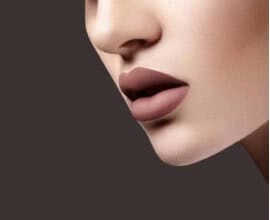Browlifts: Everything You Need to Know
Looking at the shape of your brow
Do you feel as if people are reading your emotions correctly? Facial expressions help us show the world our personalities, our moods or even how rested we are, yet a sagging brow may diminish or counteract certain impressions we think we are leaving. When someone says that their forehead and brow region on the face keeps them looking tired and miserable, that they just want their face to reflect their happier moods, a cosmetic surgeon would almost instantly recommend a brow lift. There are a few different types and each of them will lead to more refreshed appearances, which should offer you that positive change you seek. Get ready to feel more approachable, alert and less worried.
Types of Browlifts
The type of brow lift surgery your surgeon would recommend for you depends on a few factors, like your anatomy, skin elasticity and desired look. These are the three common types of procedures you will hear about:
-
Endoscopic brow lift
-
Temporal brow lift (limited incision)
-
Coronal brow lift (classic)
An endoscopic brow lift is a moderately invasive procedure that involves a series of very short incisions just behind the hairline, with each incision spanning just under 2 cm (.75 in). The surgeon then repositions your forehead muscles and tissue from the hairline in addition to removing any excess fat that has collected around the brow area.
Contrastingly, temporal brow lifts require longer incisions than the endoscopic procedure, albeit only slightly longer at 2.5 cm (1 in). Most commonly, this type of surgery occurs alongside eyelid surgery and thus relies on those additional incisions for the eyelids to address the area between the eyebrows. This ultimately means that the other incisions are used only to repositions tissues located at the outer brow area.
A coronal brow lift used to be widely used and, at one point in time, had been commonplace on the market. Nowadays, though, surgeons reserve this technique for only the most difficult of cases due to the fact that it requires an incision from ear to ear.

Recovery
Even for lesser-invasive procedures, it is normal to feel discomfort after surgery. Prescription pain relievers help ease any pain felt after surgery and will help transition out of anesthesia and into the first stages of recovery. Most typically, the scalp feels itchy but it is super important to resist the urge to scratch.
Any numbness or loss of sensation will also gradually return after a couple of weeks as the collagen in the skin forms and muscles relax into their new positions. In some cases, and especially for the more invasive procedures, full sensation won’t return for a year. Keep in mind as well that it takes a full year for the collagen at the incision sites to rebuild your skin cells to how they had been prior to surgery. So, be kind and gentle to that area during this time.
For more in-depth advice on how to take care of incisions after surgery, click here.
[1] “Brow Lift Surgery Information.” ABCS, The American Board of Cosmetic Surgery, 17 Sept. 2015, www.americanboardcosmeticsurgery.org/procedure-learning-center/face/brow...














